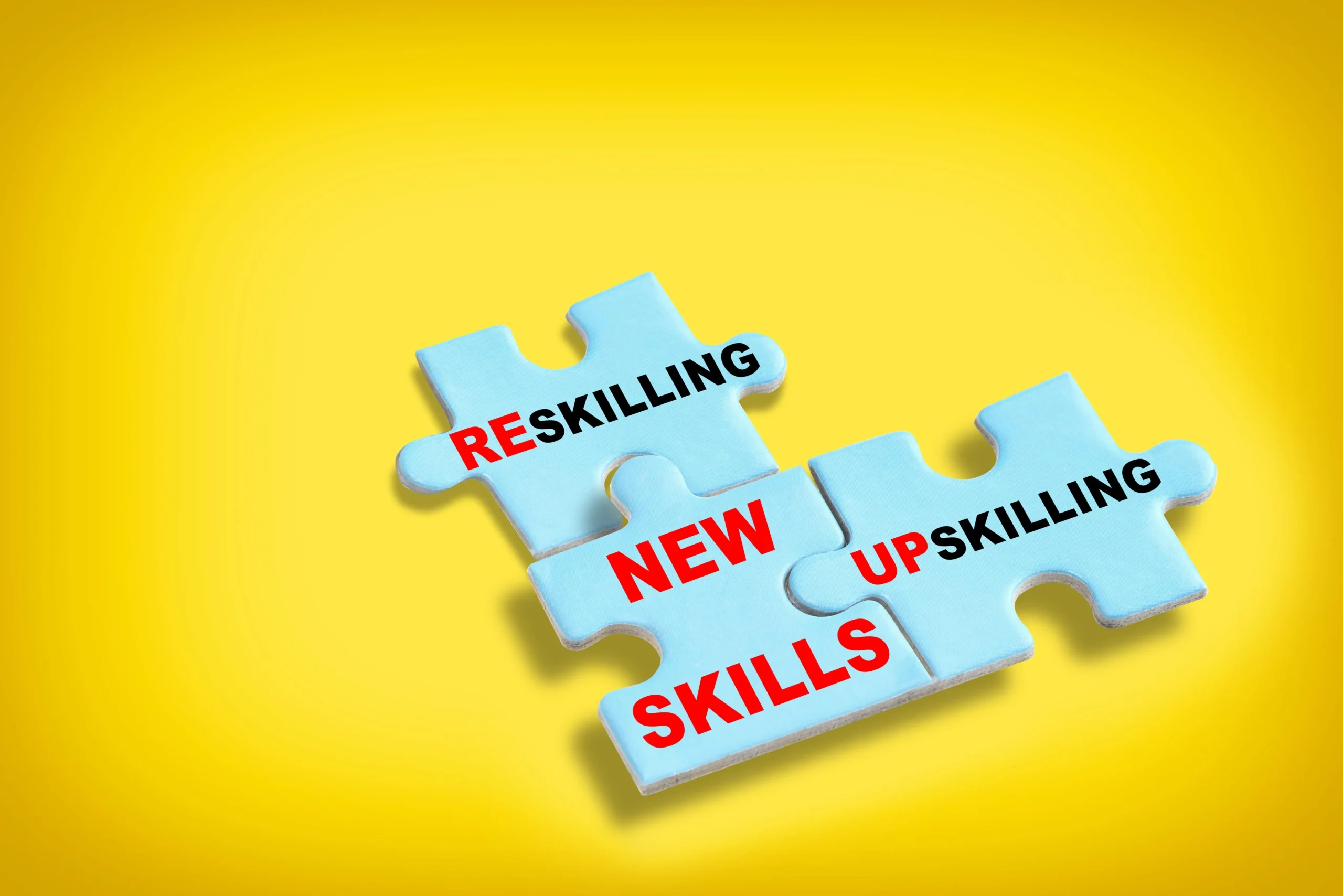The Changing World of Work
The global workforce is experiencing rapid transformation. Automation, digitalization, and artificial intelligence are reshaping industries. Traditional skills are becoming less relevant, while new ones are in high demand. Organizations must adapt quickly to remain competitive in this evolving environment.
Why Skills Shift Matters
The skills gap is widening across industries. Many employees find themselves unprepared for emerging roles. Businesses risk productivity losses and talent shortages if they fail to address this challenge. Tackling the skills shift is not optional—it is a necessity for sustainable growth.
Future-Focused Learning Strategies
Organizations need to embrace continuous learning. Future-focused learning and development (L&D) strategies empower employees to adapt and thrive. These strategies include personalized training, digital learning platforms, and real-time skill assessments. By investing in these methods, companies build agile, future-ready workforces.
Emphasizing Lifelong Learning
Learning is no longer confined to classrooms or onboarding programs. Lifelong learning must become a core part of workplace culture. Employees who regularly upgrade their skills stay more relevant and confident. Organizations that encourage this mindset foster innovation and long-term success.
The Role of Technology in L&D
Technology plays a central role in modern learning. Artificial intelligence, virtual reality, and gamified platforms are transforming training experiences. These tools provide interactive, personalized, and scalable solutions. They also enable organizations to track progress and measure the effectiveness of their training programs.
Building a Culture of Adaptability
Future-focused learning is not just about new skills. It is also about mindset. Organizations must cultivate adaptability, resilience, and problem-solving abilities. By empowering employees with soft skills alongside technical training, businesses create well-rounded professionals capable of navigating change.
Leadership in the Skills Shift
Leaders play a critical role in tackling the skills shift. They must champion learning initiatives and lead by example. Transparent communication, mentorship, and support systems encourage employees to engage in continuous development. Strong leadership ensures alignment between organizational goals and employee growth.
Conclusion
The skills shift is a defining challenge of our time. Organizations that embrace future-focused learning and development will thrive in the digital age. By fostering lifelong learning, leveraging technology, and building adaptable workforces, businesses can stay ahead of disruption. The future belongs to those who prepare for it today.


